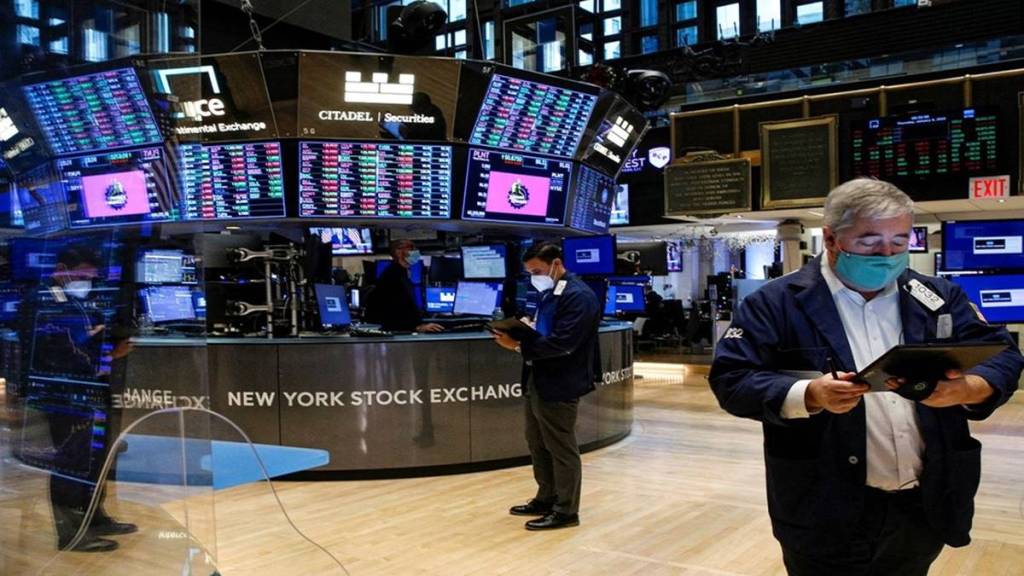In May 2023, core producer prices in the United States climbed by 0.1% month on month, mirroring April’s revised figure but falling short of market expectations of a 0.2% increase. Core consumer prices increased by 2.4% year on year in May, easing from a 2.8% gain in April and falling short of market estimates of a 2.6% increase.
Producer prices for final demand in the United States rose 0.1% in June, following an upwardly revised 0.4% drop in May and falling short of market expectations of a 0.2% rise. The cost of services increased by 0.2%, the same as in May, driven by a 5.4% increase in deposit services. Food and alcohol retailing, traveler lodging services, insurance, hospital inpatient treatment, and airline passenger services all increased in price. In contrast, freight truck transportation prices fell 2.1%. Meanwhile, the cost of commodities remained constant.
The number of Americans filing for unemployment benefits declined by 12,000 from the previous week to 237,000 in the week ending July 8th, the lowest level since late May and significantly lower than market predictions of 250,000. The outcome was consistent with previous data that revealed a stubbornly tight labor market in the United States, increasing the likelihood of a 25 basis point rate hike at the Federal Reserve’s upcoming meeting.
As the earnings season began, US market futures were higher on Thursday, with the Dow Jones jumping over 90 points, the S&P 500 up 0.4%, and the Nasdaq 100 up 0.8%. Delta Airlines shares soared about 4% in premarket trade after the company reported record revenue and profitability for the second quarter, mainly to a boom in transatlantic travel sales. PepsiCo stock surged more than 2% after earnings beat expectations. Tomorrow, major banks such as JPMorgan, Wells Fargo, and Citigroup will release quarterly results.
On Wednesday the US CPI rates for June slowed down more than expected both at a headline as well as at a core level.
Data from the Consumer Price Index (CPI) and the Producer Price Index (PPI) are equally important to stock market participants. Investors will use CPI and PPI data to forecast the US Federal Reserve’s next move. The Consumer Price Index (CPI) tracks changes in the prices consumers pay for products and services. PPI is a major measure of US inflation that tracks wholesale prices for goods and services such as petroleum, food, and medical care.
Meanwhile, WTI crude futures surpassed $76 a barrel on Thursday, extending gains for the third consecutive session to near two-month highs as lower-than-expected US inflation data fueled hopes that the Federal Reserve’s rate-hiking cycle is coming to an end.


